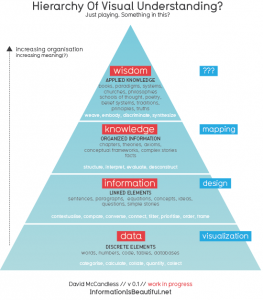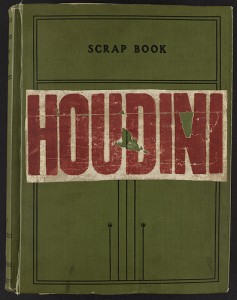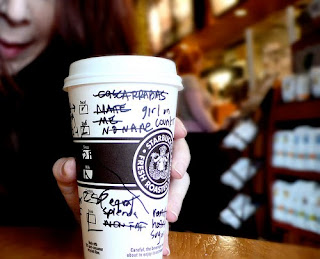The New York Public Library hosted a neat looking panel today.
Future Library: Socializing History with Maps, Hosted by The New York Public Library
Event Description:
Speakers:
- Matt Knutzen, Geospatial Librarian at the New York Public Library
- Alex Rainert, Head of Product at Foursquare
- Jesse Friedman, Product Marketing Manager at Google Maps and Earth
- Jack Eichenbaum, Queens Borough Historian[NYPL’s event listing]
It’s a shame when you hear about something interesting, and it’s too late, and it’s in another country. Where are the teleporters, already? Science, I’m looking at you
Moving on, it’s exciting to imagine maps being used like wikis. It’s a field that has largely been dominated by businesses and advertising, but there is a lot of potential here for less commercial uses. OpenStreetMap is an open source project already doing this.
Other popular free(but not commercial free) resources, like Google Maps or Bing’s equivalent, can be an underused tools for pushing community information out to library users and visitors.
Imagine walkable or bikeable tours you could follow via smart phone, with info links, archival photos galleries, recorded personal testimonials, and other information. Online maps can be turned passing on community knowledge that is often lost or fragmented by .
Or arts walks. Or even digitally augmented literary scavenger hunts combining geo-caching and book releases.
Like most web-based tools, I’m pretty sure the most en-genius ideas haven’t been thought of yet. The opportunity is there for any locally minded persons who want to plant a few flags in the digital world.
Also, how cool would it be to be a Geospatial Librarian. I want one of those business cards!
***Addendum***
Stephen Welter’s portfolio site. Why not promote the analog approach?





